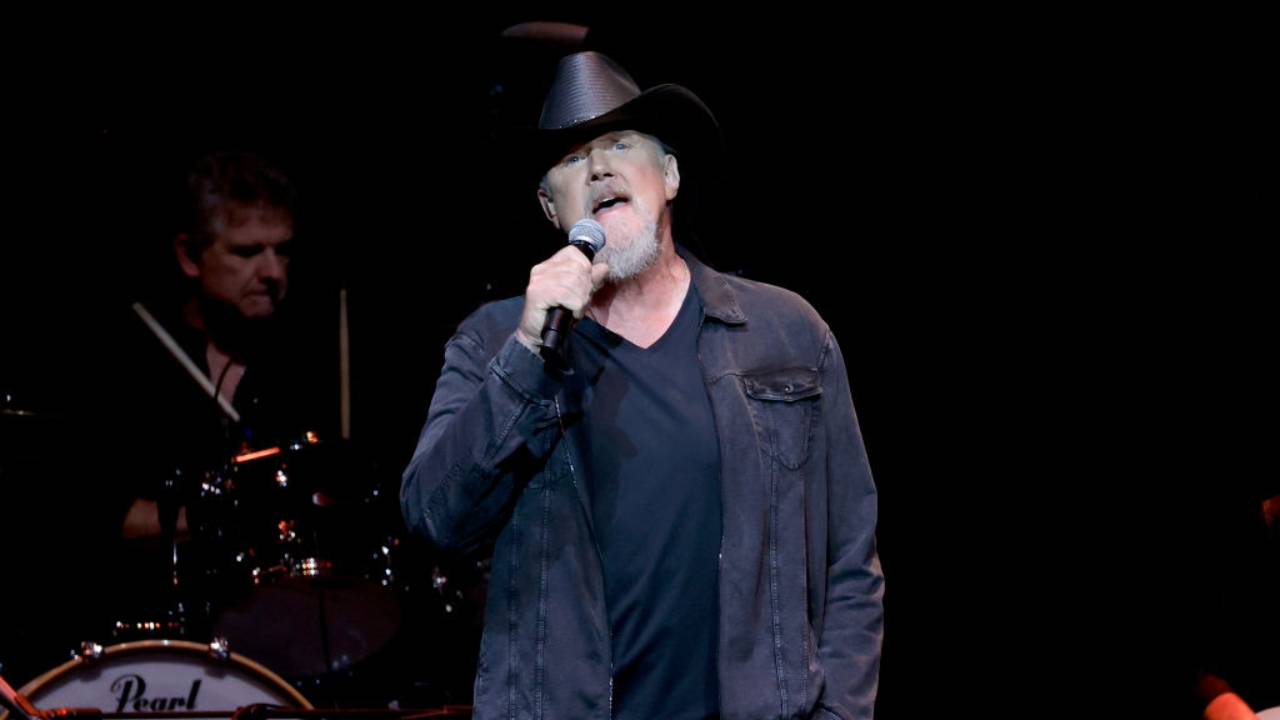Bluegrass Conventioneers Mull 'O Brother' Benefits
LOUISVILLE, Ky. -- Although they voiced no doubt that the movie O Brother, Where Art Thou? has been a shot in the arm for bluegrass music, registrants gathered for a special session Tuesday (Oct. 2) at the 2001 World of Bluegrass convention in Louisville to consider what the film's specific benefits have been. Chief among these, of course, has been the soundtrack album, which has so far spent a total of 21 weeks at the top of Billboard's country album charts and sold 3 million copies worldwide.
"It's a great case study of what we can do when we work together," said Nashville-based talent manager Denise Stiff-Sheehan, who moderated the discussion panel. Her fellow panelists were John Grady, senior vice president of sales and marketing at Mercury and Lost Highway Records; Ken Irwin, a founder of Rounder Records; and Norma Morris, senior publicist for the Press Office, a Nashville-based entertainment publicity company.
Stiff-Sheehan, who assisted producer T Bone Burnett in finding and bringing together the artists for the album, gave a short history of how the film and soundtrack projects developed. She said Burnett recorded all the music before the movie was filmed. There were some later edits of the music, she noted, including one which required Dan Tyminski (George Clooney's musical voice in the film) to come all the way from his home in Virginia to Nashville to re-record a single word to fit Clooney's lip-synching.
From the start, Stiff-Sheehan said, Burnett predicted that Tyminski/Clooney's "I Am a Man of Constant Sorrow" would be a radio hit and that the album would sell a million copies. While radio generally avoided playing "I Am a Man of Constant Sorrow," it did become a music video hit, and album sales have long since surpassed Burnett's prediction.
Country radio's refusal to play "I Am a Man of Constant Sorrow," Grady said, became the subject of many articles. "Ironically," Irwin added, "it might have sold more records because of their refusal than if they had played it."
Morris explained how his presence on the soundtrack album had helped raise awareness for her client, bluegrass patriarch Ralph Stanley. Although she was working with Stanley before the movie got underway, she noted that his involvement with it assisted in generating articles about him in such non-bluegrass outlets as Rolling Stone, Spin, Mojo and The New Yorker. She said the film and soundtrack has had a "multiplying effect" by which the activity of one artist tended to spotlight all the others. Another plus, she said, was that the movie had such a long set-up and promotional time that it gave the artists a long period of exposure.
"No one was coming at it from a financial angle," Stiff-Sheehan said of the album. "It was all for the love of the music."
Grady said that many reporters who wrote about the album knew so little about the music and the musicians that they relied heavily on those involved to guide them, clearly a publicity plus. Because Mercury Records is a major mainstream label, Grady pointed out that he felt he had to persuade the bluegrass industry early on that the album wasn't an "outsider project," in which his label would skim the money and run. One of his first moves toward credibility, he explained, was meeting with Irwin and others at Rounder to tap into their years of bluegrass expertise.
According to Grady, a main reason Burnett chose Mercury over other interested labels to handle the soundtrack album was because of the company's unlikely -- and unexpected -- success in turning Shania Twain into a superstar recording act.
All on the panel agreed that the soundtrack concert held at Nashville's Ryman Auditorium in May 2000, months before the film and soundtrack were released in the U. S., was a special and energizing event for everyone who took part -- including the tough music industry audience that came out to see it. The film of that concert became the basis of the documentary (and second soundtrack album), Down From the Mountain. "There were some people who didn't want to do the Carnegie [Hall] show [in June 2001]," Grady said, "because we didn't know if we could capture lightning in a bottle twice."
Selling the record involved meeting with non-traditional outlets as well as conventional record stores. "I don't think any retailer in America knows their customers like Amazon.com," Grady said. He learned that the "big thing" for that company -- in sparking album sales -- is an artist's appearance on public radio's All Things Considered or A Prairie Home Companion.
O Brother, Where Art Thou? was released in Europe six months before it debuted in America. By November of last year, Grady reported, 80,000 copies of the soundtrack had been sold in France alone.
Largely on the strength of the O Brother album, Grady reported, many record store chains have added a bin specifically for bluegrass records. He likened the phenomenon to the Grammy-winning album and documentary The Buena Vista Social Club, which served to revive interest in Cuban music.
From January to mid-February next year, there will be an O Brother/Down From the Mountain tour, which will feature most of the acts on the soundtrack and play 20 major-market cities. A follow-up tour on the same theme is being considered for next summer. It will include bluegrass acts not on the soundtrack and play venues of 5,000 to 10,000 seats. Down From the Mountain will be released for home video Oct. 23.
The panelists concurred that the O Brother magic may soon wear thin. "My biggest fear," Grady said, "is that there are going to be some bad [O Brother-inspired] records made."





